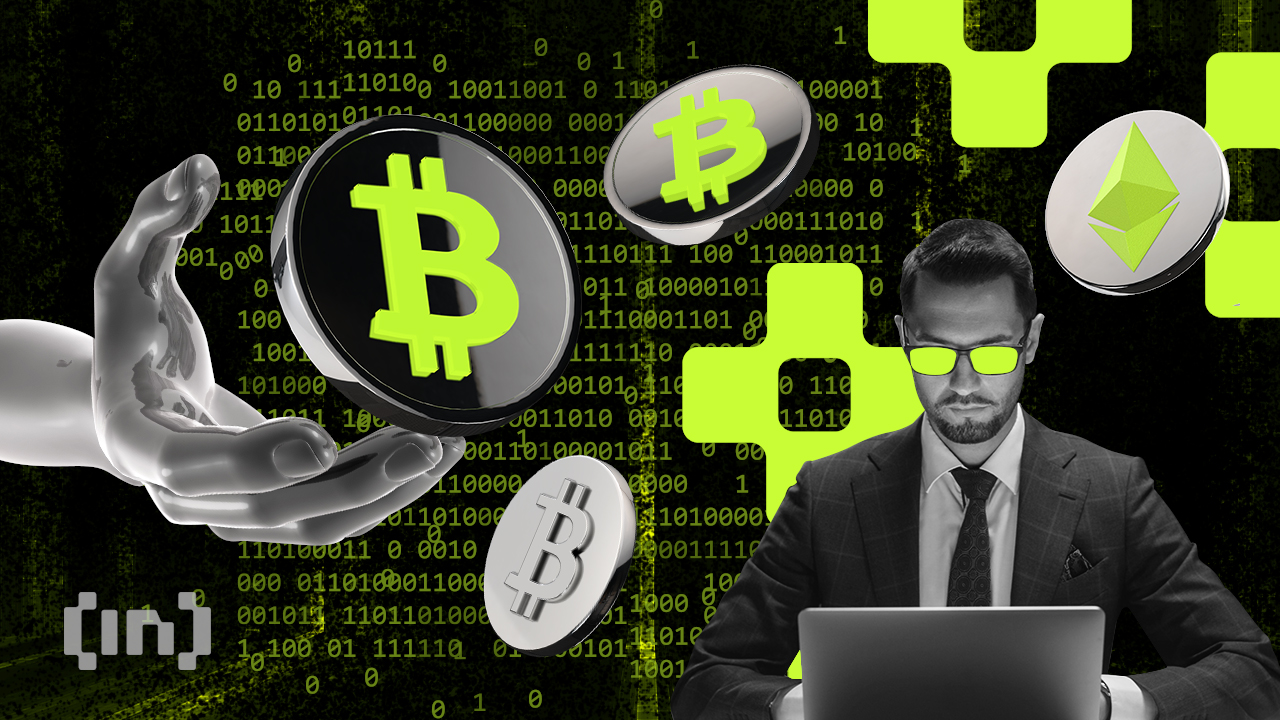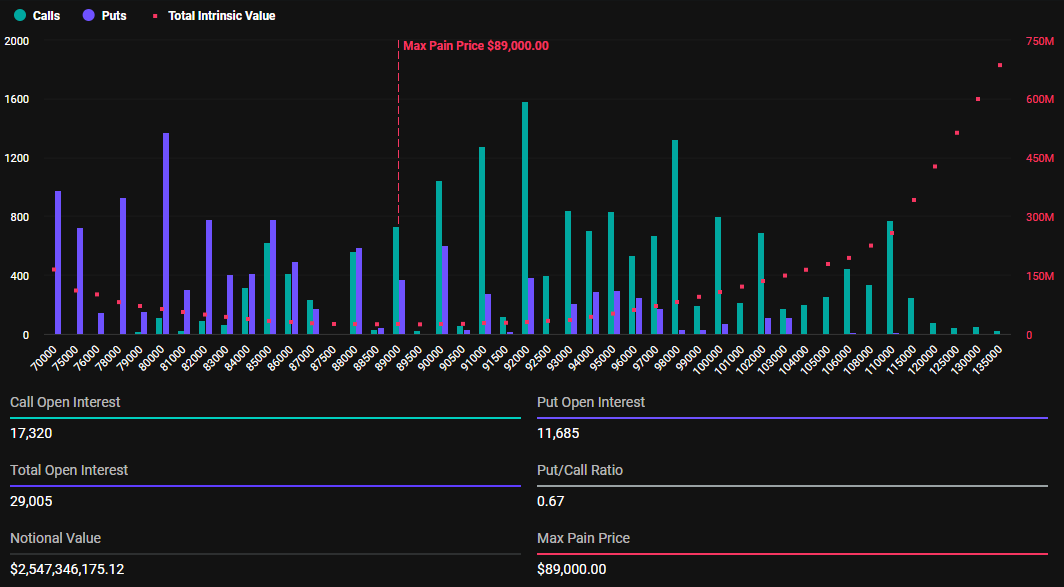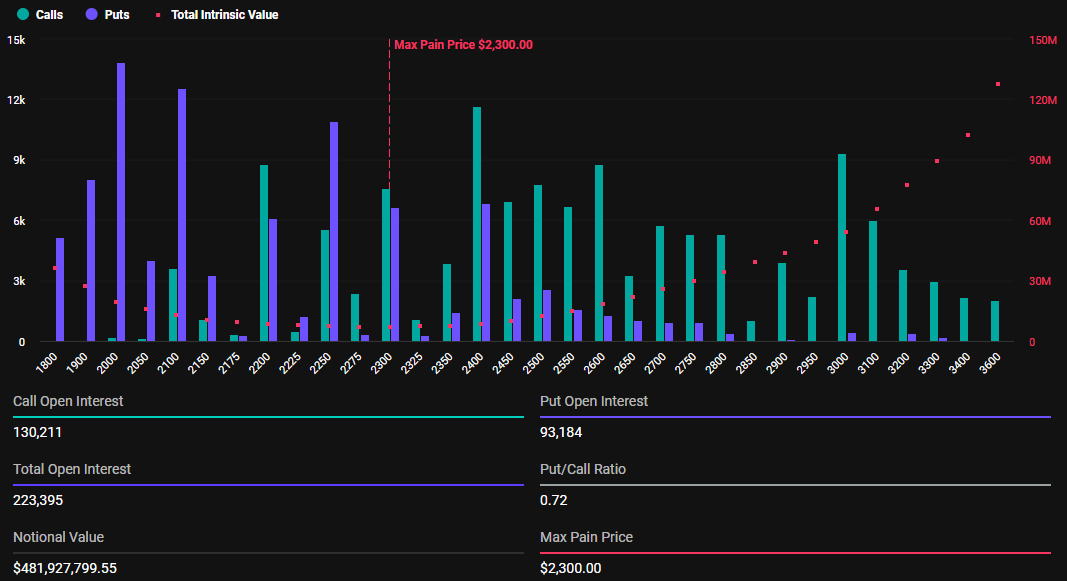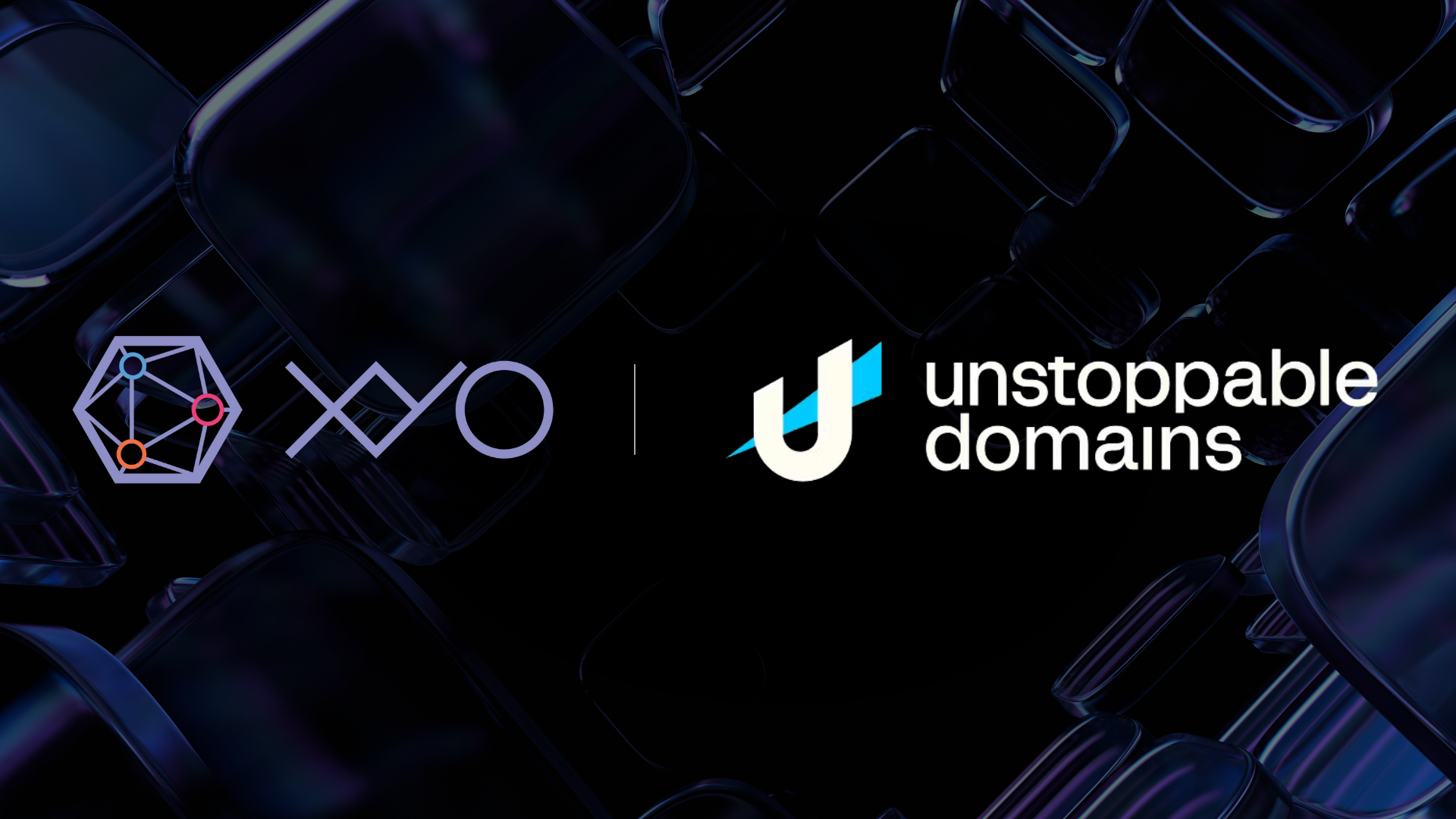Pi Network introduced two significant updates on the annual Pi2Day 2025: the Pi App Studio and Ecosystem Directory Staking.
While the Pi App Studio has been welcomed as a tool for developers to build applications, the Ecosystem Directory Staking feature has ignited confusion and controversy among its user base, particularly due to the absence of profit for participants.
What is Pi Network’s New Staking Feature?
The Ecosystem Directory Staking mechanism allows users to stake Pi Coin on the mainnet blockchain to enhance the ranking of selected apps within the Pi ecosystem. This voluntary system increases visibility for quality apps and community engagement.
This is quite different from traditional staking models in the cryptocurrency space. In traditional staking, participants typically lock up a cryptocurrency in a network to support its operations (like securing the network or validating transactions) in exchange for rewards, such as more of the cryptocurrency. This departure from conventional staking practices left Pioneers confused.
“Pioneers! There is another misunderstanding about this new staking feature. You WILL NOT get Pi rewards for staking for ranking apps! Please read carefully, as always! When staking ends, you get your Pi back minus transaction fee,” a user posted.
Moreover, the lack of clear communication from Pi Network’s Core Team has exacerbated the confusion. Many users pointed out that the no-reward aspect was not clarified at the time of the announcement.
“A new paragraph has been added to the Pi Blog, clearly stating that there are no rewards for Pi staking. If this point had been emphasized multiple times from the beginning, many people would have understood it more easily,” another Pioneer added.

While staking doesn’t provide Pi rewards at the protocol level, there are provisions for incentives from the developer side. Developers can motivate users by offering incentives like app enhancements, in-app rewards, or promotions. Moreover, the team noted that users would receive their original staked amount back once the staking period had concluded.
“When you stake, your Pi is locked (can’t be used for purchases). Example: You stake 200 Pi for 60 days. After 60 days, you’ll get back exactly 200 Pi—no bonus, no interest. The 212 Pi is only used to help boost the app’s ranking in the ecosystem. Staking is a way to support the ecosystem, not to earn. Make your choices consciously,” a user explained.
Despite the disappointment, Pioneers have highlighted that the new staking mechanism could benefit the network. According to a user, this incentivizes meaningful engagement and prioritizes apps that users value enough to support financially.
Moreover, the system also reduces the overall circulating supply of Pi, potentially impacting its availability and price.
“Circulating Supply is decreasing – because all the Pioneers who are staking Pi are locking it, so it will not be available in the market,” the post read.
The decrease in supply, combined with the potential increase in demand, could theoretically drive up the price. Given PI’s recent performance, it could use any catalyst that helps boost its value or visibility. BeInCrypto reported previously that despite major updates, the price performance has been quite underwhelming.
Pi Coin’s value has declined 3.57% over the past day. At the time of writing, it traded at $0.48, just 20.5% away from its all-time low.
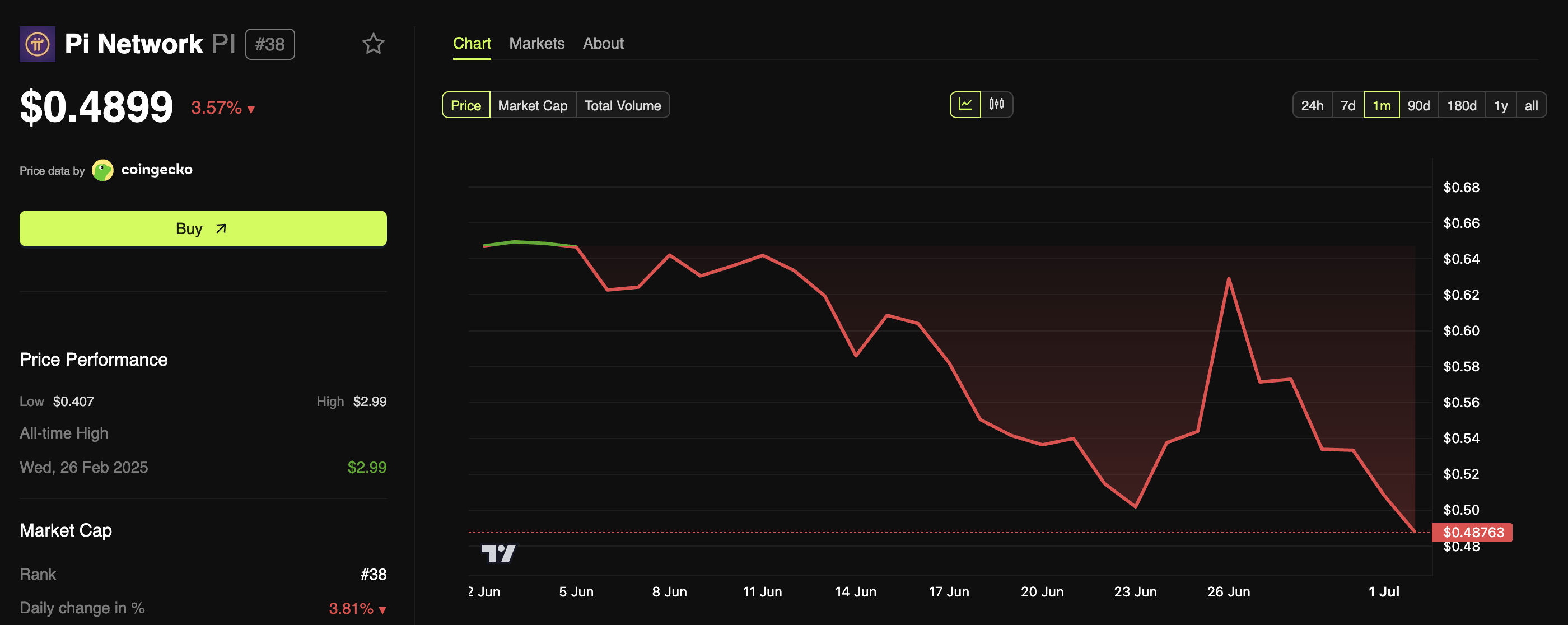
Thus, while Pi Network’s approach to app development and ecosystem engagement is notable, the staking feature highlights the need for transparent communication to maintain user trust. For now, the long-term impact on Pi Coin’s value, if any, and user participation remain uncertain.
The post Pi Network Staking Leaves Users Confused Over Lack of Rewards appeared first on BeInCrypto.


